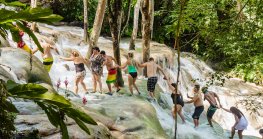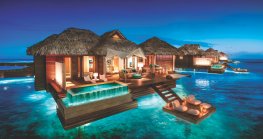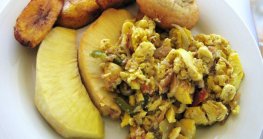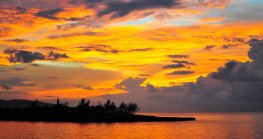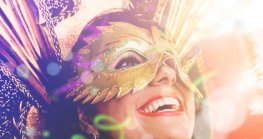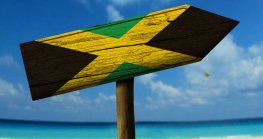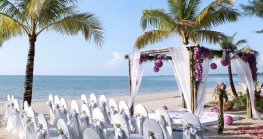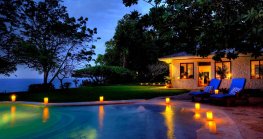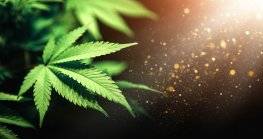Jamaican ganja
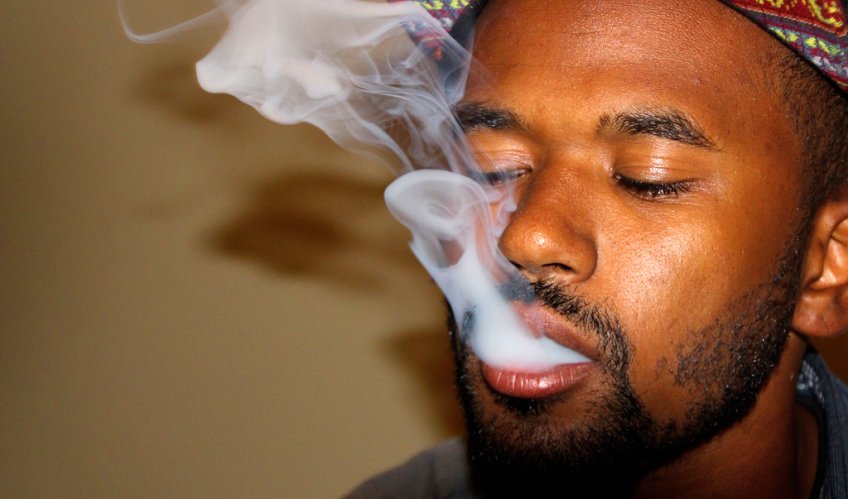
Jamaica is a place of fantasy.
The Caribbean Island, historically known for its rum, is now more closely linked to Reggae, Rastafarian culture, and ganja.
The weather and soil of Jamaica are ideal for growing cannabis plants hence it’s no surprise that Jamaica is considered the nation with the highest cannabis usage.
But have you ever pondered just how Jamaican cannabis culture developed?
History of Cannabis in Jamaica
The island's history is filled with genocide, tyranny, and enslavement, similar to the majority of the British Empire's colonies.
The plantation system defined the colonial era of Jamaica. Plantations that generated goods for the international market made up the majority of the island's economy.
The good in Jamaica's case was sugar.
Jamaica had one of the most advanced plantation systems in the Caribbean in the 18th century since it was one of the greatest sugar producers in the region.
The labor force required to grow sugarcane was imported from tens of thousands of slaves, mainly from West Africa.
A large number of slaves left the plantations once slavery was outlawed in 1838.
These slaves chose a small-scale, independent farming lifestyle over working on plantations.
The need for labor led to the arrival of more immigrants, namely contract laborers. Over 33,000 Indians and 5,000 Chinese immigrated to Jamaica throughout the 19th century.
It is believed that during this period, the Indians brought ganja to Jamaica and it reached the lower sections of society through the Indians.
It turns out that Sanskrit is where the word "ganja" is originally derived from.
The usage of the plant soon became widespread in rural and underprivileged areas of big cities. On the other hand, the motivation for ganja use is deeper for Rastafarians as they viewed ganja as a sacred herb.
Jamaica's ganja history
Hence, Jamaican ganja culture developed due to the island's fusion of Indian and African cultures.
But soon the imperialist ruling class was starting to use this drug's appeal against the local population.
The Opium Law was formed in 1913 which had precise clauses that completely forbid marijuana. The punishment for simple possession was a fine of up to 100 pounds and in case someone fails to pay he would have to face imprisonment.
This legislation was weaponized to target impoverished Jamaicans who used marijuana.
However, by 1948 things got worse for the locals - a growing religious movement with ties to ganja despite it being illegal had caught the government's attention.
They responded by enacting the 1948 Dangerous Drugs Act. This class warfare law gave the courts the authority to lawfully throw marijuana users in jail or seize all their assets.
According to the abominable section on marijuana, offenders can be fined at least JA $500 for each ounce of marijuana - i.e., what the court finds to be the object of the offence - or a term of imprisonment that doesn't exceed 35 years or both an imprisonment and fine.
Rastafarians use of ganja
Even though there are several Rastafarian groups, most Rastafarians do not belong to any particular group. Nonetheless, there are a few guidelines for them to follow.
Rastafarians practice "ital," which refers to the consumption of solely natural, vegetarian cuisine that is free of salt.
The Rasta's distinctive dreadlock hairstyle is their characteristic feature. Smoking the holy plant is also one of the most well-known "rules".
Rather than any other mind-altering chemical, Rastafarians believe ganja is the holy plant referenced in the Bible.
Ganja is a sacred herb to Rastafarians to the point that even the direction in which the herb is passed has significance to them.
There is a "reasoning" session which is essentially a collective ganja smoke for therapeutic purposes and a time of communion to Jah.
A counterclockwise spliff rotation is only used for references to military slang while passing clockwise is typically related to the discussion of social and moral issues.
Cannabis enthusiasts in the West who have an unrealistic view of Jamaica and the Rastafarian movement may think that Rastafarians spend a significant portion of their day smoking ganja-filled "peace pipes."
However, that is far from the truth. While Rastafarians do tend to smoke more frequently than non-Rastafarians, they still do make sure of using it moderately.
You will seldom see ganja users who are severely inebriated on the streets of Jamaica.
Only on unique occasions, such as at religious rites or over an afternoon or evening with friends, are larger doses of ganja taken.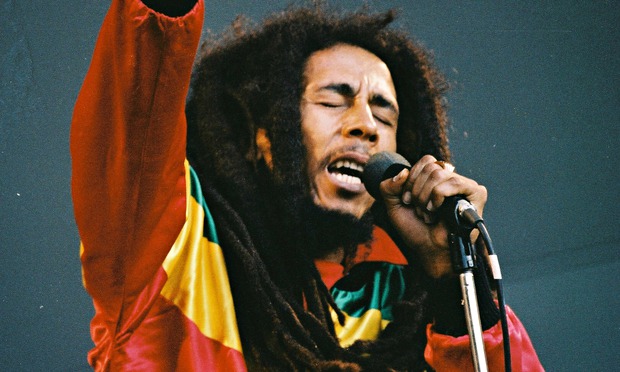
Bob Marley and ganja
Bob Marley was that unique combination of artist and advocate that only appears once in a generation, and he became a legend in his lifetime.
Bob, who was raised a Catholic, embraced Rastafarianism in 1966. The magnificent harmony of music and marijuana that would propel Bob to success was born at this pivotal moment in his life.
Marley advocated for world peace and intercultural tolerance in the late 1970s.
Also, he served as a representative of Jamaican culture and Rastafarianism. He continues to be regarded as a Rastafarian prophet even decades after his passing.
A perfect tribute was paid to Bob Marley on February 26, 2015, as ganja was decriminalized in Jamaica the day before he would have turned 70. Its usage for religious and medical purposes was also legalized.
Future of ganja
For many years, Jamaicans demanded the legalization of ganja through the power of song and public rallies.
The Rastafarian movement has long been committed to pursuing the legalization of their "holy plant."
A historically significant solemn ceremony was conducted on April 29, 2015, at the University of the West Indies, UWI, after the amendment of the Dangerous Drugs Act 2015.
A single cannabis plant was planted in the ground lawfully for the first time since prohibition.
This new law didn't significantly affect how much ganja the average Jamaican smokes, nor did it significantly increase the number of people who use ganja.
Instead, this law is the first step toward a flourishing legal cannabis market, and although international treaty requirements are still restricting the way for worldwide commerce, a local market may still prosper.
The Jamaican economy depends heavily on tourism, and there is currently a surge in travel and ganja-related accommodations.
For American travelers, the "Bud & Breakfast" idea is already extremely well-liked.
Jamaica is expected to undergo a green revolution that might transform this little island nation into a significant player in the next global ganja industry.
© 2019 Jamaica Experiences All Rights Reserved






